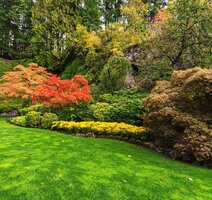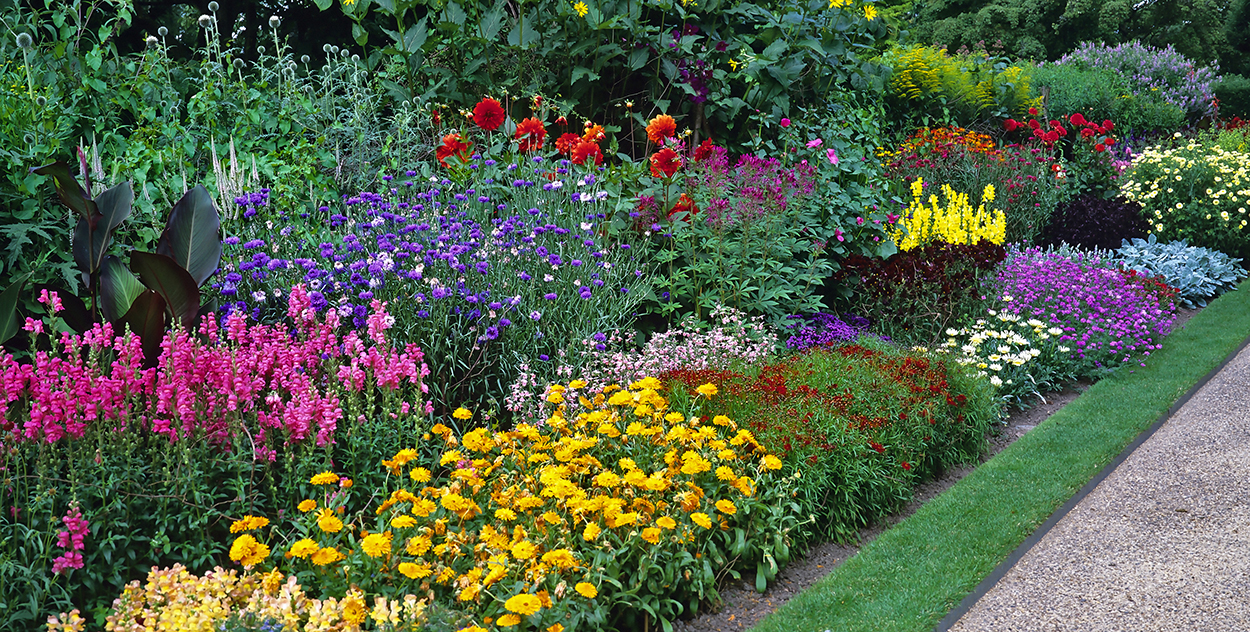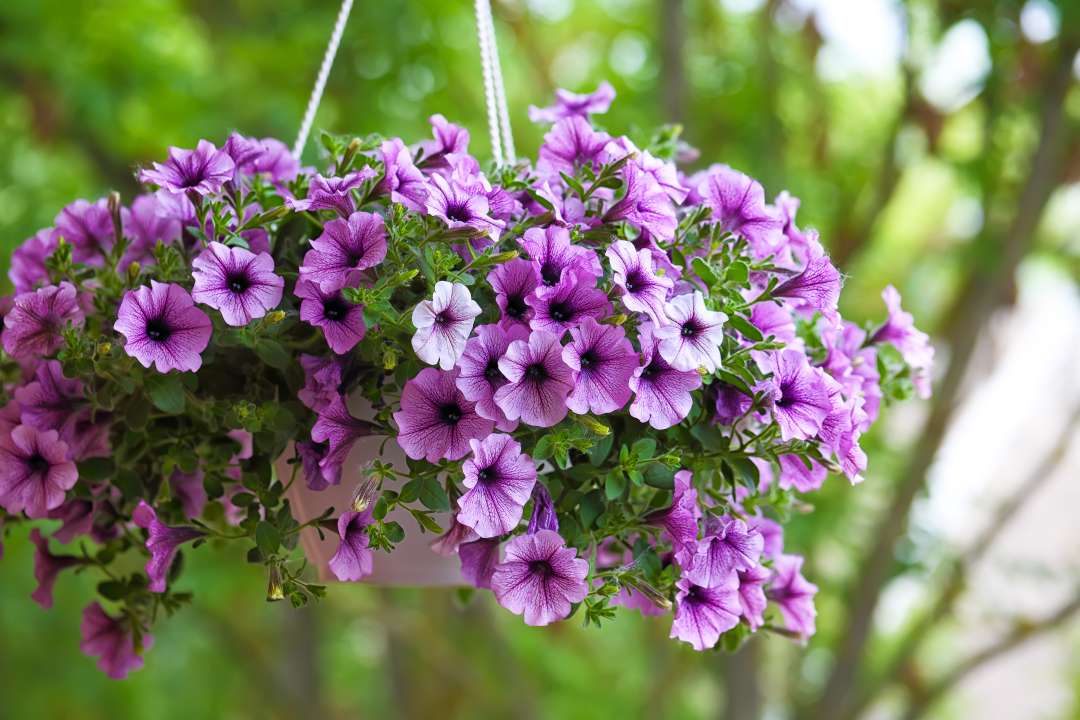Plant Types Explained

At Thompson's Garden Centre we have many a plant category to explore when you visit us, and to the novice gardener, this can be a daunting prospect if you don't know where to start. Understanding the main plant categories helps you plan a garden that’s attractive, manageable, and suited to your space. This beginner-friendly guide explains the key plant types you’ll come across in your garden and how each one can bring structure, colour, and interest throughout the year.
Shrubs
Shrubs are woody plants that keep their structure year-round. They can be evergreen—holding their leaves through winter—or deciduous, dropping leaves in autumn. In UK gardens, shrubs form the backbone of borders, offering height, shape, and long-lasting interest. Popular choices include hydrangeas, hebes, box, and viburnums. Shrubs are generally low-maintenance once established and are ideal for filling space, creating structure, and adding seasonal flowers, berries, or attractive foliage.
Browse Shrubs
Perennials
Perennials are plants that live for several years, dying back in winter and re-growing each spring. They include favourites like lupins, hostas, and geraniums. Perennials are brilliant for adding long-term colour and texture to your garden; once planted, they often expand each year and can be divided to create new plants. They thrive in mixed borders and cottage-style garden designs, and many varieties are perfect for pollinators. In the UK climate, they tend to be hardy and reliable with minimal care.
Browse Perennials

Alpines
Alpines originate from mountainous regions where conditions are dry, cold, and sunny. These low-growing plants are ideal for rockeries, walls, containers, and gravel gardens. Alpines like well-drained soil and often struggle with winter wet in the UK, so they’re happiest in raised beds or specialised alpine troughs. Varieties such as saxifrage, aubrieta, and sempervivum add neat mats of foliage and early spring colour, making them perfect for small or sunny urban gardens.
Climbers
Climbing plants grow upward using supports such as fences, trellises, pergolas, or even other plants. They’re excellent for covering unattractive walls, adding privacy, or introducing vertical interest in small spaces. In UK gardens, climbers like clematis, honeysuckle, climbing roses, and jasmine are especially popular. Some attach themselves naturally, while others need tying in. Climbers can offer scented flowers, seasonal colour, and valuable habitats for wildlife.
Annuals & Biennials
Annuals grow, flower, set seed, and die in one season. They’re the quickest way to add bursts of colour to beds and containers. Petunias, cosmos, and marigolds are classic choices for summer displays.
Biennials grow leaves in their first year and flower in their second before completing their life cycle. Foxgloves and wallflowers are among the UK’s best-known biennials. These plants are perfect for filling gaps, experimenting with new colours, and attracting bees and butterflies.

Ferns
Ferns bring lush greenery to shaded or woodland-style areas. They do not produce flowers but instead display delicate fronds in shades of green, bronze, or even silver. Many UK-native ferns, such as the lady fern or male fern, are remarkably hardy and easy to grow. They thrive in cool, damp, sheltered spots—ideal for north-facing gardens or areas beneath trees. Ferns add texture and atmosphere where many flowering plants struggle.
Grasses
Ornamental grasses provide movement, structure, and year-round interest. They range from small tuft-forming species to tall, dramatic varieties that sway in the wind. Grasses suit many UK garden styles—from modern minimalist to wild meadow planting. Popular varieties include Stipa, Festuca, Miscanthus, and Pennisetum. They pair beautifully with perennials and are great for softening hard landscaping.
Hedging
Hedging plants create natural boundaries, offer privacy, reduce noise, and provide shelter for wildlife. You can choose evergreen options such as laurel and yew for year-round coverage or deciduous hedges like beech and hawthorn for seasonal interest. Hedging plants are long-lived and form an important structural element in many UK gardens. They also support birds and insects, making them a strong choice for wildlife-friendly spaces.
Trees
Trees add height, shade, structure, and longevity to a garden. Even small gardens can accommodate compact varieties such as amelanchier, Japanese maples, or ornamental cherries. Larger gardens might host birch, oak, or rowan. Trees support biodiversity, improve air quality, and bring dramatic seasonal change—from spring blossom to autumn colour. Choosing the right tree involves considering ultimate size, maintenance, and the style of your garden.
Come and visit your local branch of Thompson's Garden Centre, where you find all of these categories and plenty more plants to choose from. Our plant experts are always on hand to offer any advice or answer your gardening questions. Alternatively you can browse a selection of our plants here on our web shop
